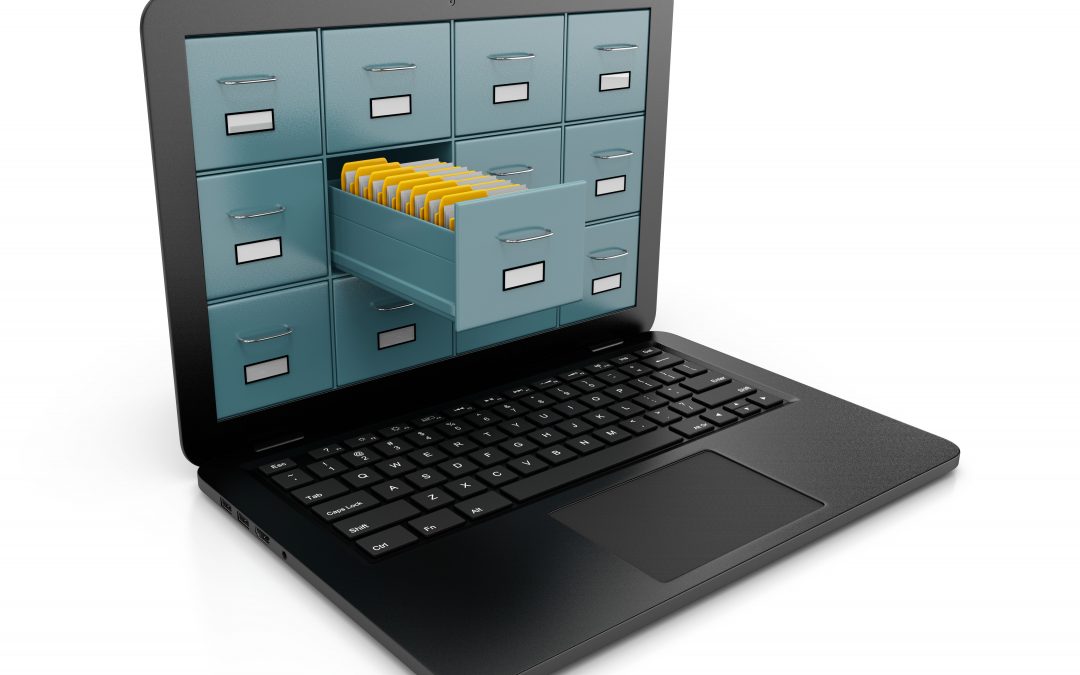When you install your first Linux operating system and you open your new, magic terminal and put the first command “cd /” in order to go to default base “/” directory. After you type “ls” or “ll” and you find out the basic foler structure of the Linux system. At the beginning you may be owerwhelmed by many different folder names you normally would find there. If you have been wondering what does it all mean, read on.
Understanding Linux Directories: A Beginner’s Guide
Linux is a powerful and versatile operating system that is widely used in various fields, from personal computing to enterprise-level servers. One of the fundamental aspects of Linux is its directory structure, which can seem confusing to newcomers. In this article, we’ll explore what each of the main Linux directories means and what they are typically used for.
1. Root Directory (/)
The root directory is the top-level directory in the Linux filesystem hierarchy. All other directories and files stem from this directory. It is represented by a single forward slash (/).
2. /bin
The /bin directory contains essential binary executables that are necessary for the system to boot and operate in single-user mode. Commands like ls, cp, mv, rm, and others are found here.
3. /boot
The /boot directory holds all the files needed to boot the system, including the Linux kernel, initial RAM disk image (initrd), and bootloader configuration files like GRUB.
4. /dev
The /dev directory contains device files that represent hardware devices. For example, /dev/sda represents a hard disk, and /dev/tty represents terminal devices.
5. /etc
The /etc directory is used for configuration files that are specific to the system. This includes system-wide configuration files, initialization scripts, and settings for various services.
6. /home
The /home directory is where user home directories are located. Each user has a personal directory within /home (e.g., /home/username) where they can store their personal files and settings.
7. /lib and /lib64
These directories contain shared libraries and kernel modules needed by the system and by programs in /bin and /sbin. The /lib64 directory is used on 64-bit systems to store 64-bit libraries.
8. /media
The /media directory is used for mounting removable media like USB drives, CDs, and DVDs. When you insert a removable media, a subdirectory is created within /media to access it.
9. /mnt
The /mnt directory is another location for temporarily mounting filesystems. This is often used by administrators to mount external filesystems for maintenance tasks.
10. /opt
The /opt directory is intended for the installation of add-on application software packages. Programs installed here are often self-contained and don’t interfere with the rest of the system.
11. /proc
The /proc directory is a pseudo-filesystem that provides an interface to kernel data structures. It contains files that represent system information and configuration parameters. For example, /proc/cpuinfo contains information about the CPU.
12. /root
The /root directory is the home directory for the root user (the superuser). This is separate from /home to ensure the root user’s files are not mixed with regular users’ files.
13. /run
The /run directory is used for transient files that are created during system boot and runtime. This includes process IDs, sockets, and other temporary files.
14. /sbin
The /sbin directory contains essential system binaries that are generally used by the root user for system administration. This includes commands like fdisk, fsck, and ifconfig.
15. /srv
The /srv directory holds data for services provided by the system. For example, if you have a web server, its web content might be stored in /srv/www.
16. /sys
The /sys directory is another pseudo-filesystem that provides information about devices, drivers, and some kernel features. It is used to interact with the kernel and hardware.
17. /tmp
The /tmp directory is used for temporary files created by applications. Files in /tmp are often deleted on system reboot or after a certain period of inactivity.
18. /usr
The /usr directory contains user binaries, libraries, documentation, and source code. It is often divided into subdirectories like /usr/bin for binaries, /usr/lib for libraries, and /usr/share for shared data.
19. /var
The /var directory is used for variable data that changes frequently. This includes log files, spool directories for mail, printer queues, and temporary files used by various applications.
Understanding the purpose of these directories is crucial for navigating and managing a Linux system effectively. Each directory has a specific role, and knowing what belongs where helps maintain a clean and organized filesystem. Whether you’re a beginner or an experienced user, familiarizing yourself with the Linux directory structure is a valuable step in mastering this powerful operating system.
Read More:

